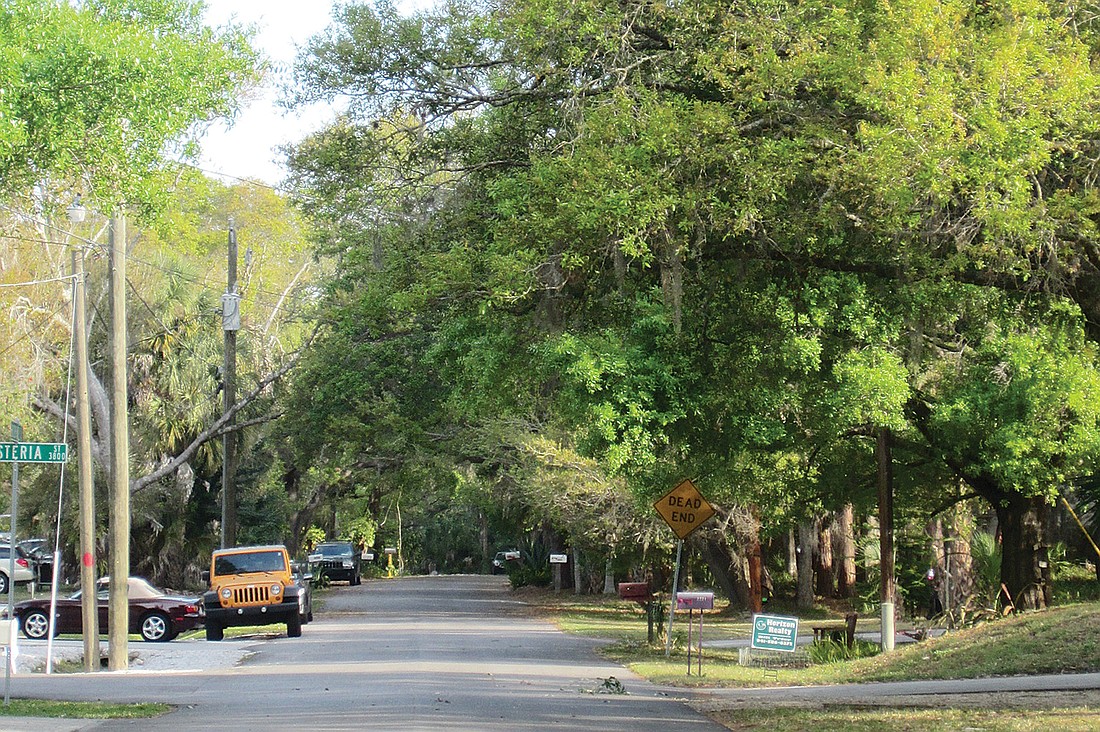- November 28, 2024
-
-
Loading

Loading

Four months ago, Sarasota County’s Tree Advisory Council was on the chopping block, with two county commissioners arguing that its poorly attended meetings and inability to win new members had doomed it.
Advocates countered the commission, saying the council, referred to as STAC, deserved another chance.
By a 3-2 vote, the County Commission agreed to grant that reprieve. However, Commissioner Christine Robinson said during the board’s Oct. 25 meeting, “This isn’t working for us right now … We just keep shoving it down the road.”
During the commission’s Feb. 22 meeting, the board members’ comments reflected a 180-degree turnaround.
After a presentation of STAC’s annual report, the commissioners voted unanimously to extend the life of the advisory board through March 15, 2015, and to appoint eight new members to it.
STAC had been scheduled to end its mission March 31.
Commissioners thanked Chris Hice, who has been chairman of the board since late 2010. Moreover, Commissioner Nora Patterson told Hice, “The eight new members, whose applications I’ve read, are impressive folks with a lot of expertise.”
During his report, Hice told the commission that STAC last year worked on three canopy road designations for the county, the first since 2007. Those were on Bard Road, Hawthorne Road and Wells Avenue, according to the 2011 report.
Altogether, he said, the county has 69 such roads, covering 22 miles.
In September, Hice said, the County Commission established a goal of requiring a canopy-road coverage level of 40% within the Urban Service Boundary.
“To my knowledge, it’s never been measured,” he said of the existing canopy area. His report pointed out that American Forests, “the oldest national nonprofit conservation organization, which aims to protect, restore and enhance the natural capital of trees and forests, has established specific canopy-coverage goals.” He told the commission, “We haven’t even done any studies to determine if (40%) is the right number for Sarasota County.”
“How is that number decided?” Commissioner Jon Thaxton asked, adding that he hoped it was based on the amount of non-forested surfaces in the county as compared to the county’s history canopy coverage.
“I am not sure how that was calculated for Sarasota County,” Hice responded, “but I know that is closely in line with American Forests.”
Hice also asked the commissioners to allow STAC to work with staff and County Administrator Randall Reid to identify key elements of an Urban Forestry Master Plan, as well as funding opportunities for it. The county had had such a plan in place from 2007 until 2011, he added.
“I think this is something that we should pursue, frankly, aggressively,” Thaxton said.
Three key elements of the plan, Thaxton said, should be its structure, its cost and the time necessary to produce it. “Those are the three things I think we need to get answered as soon as possible, because that puts … meat on the bones” of the undertaking, he added.
Robinson added that, with the creation of the plan, “I want to make sure that if we can’t comply (with the provisions), as a county, we should not impose that on other folks … If it’s not going to be workable for us, it’s not going to be workable for private citizens and businesses,” she said.
2012 Work Plan
Members of the Sarasota County Tree Advisory Council have compiled a list of numerous projects to pursue this year. Among them are the following:
• Evaluate trees associated with commercial corridors and parking lots.
• Explore partnerships and educational opportunities for business and property owners regarding commercial and office areas.
• Develop an educational website for tree resources.
• Partner with Sarasota County Area Transit in seeking opportunities for shade at bus stops.
• Promote and seek opportunities for planting projects to increase public and private tree canopy.
• Discuss tree data on a quarterly basis.